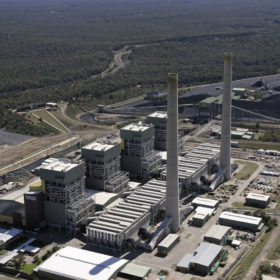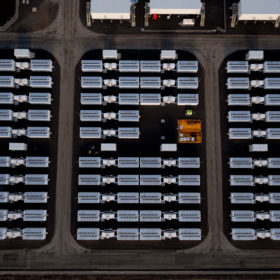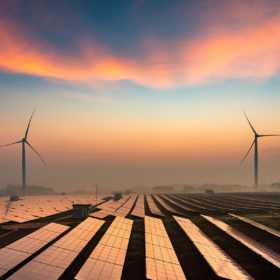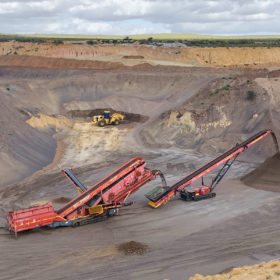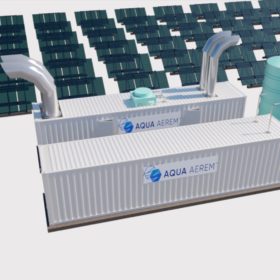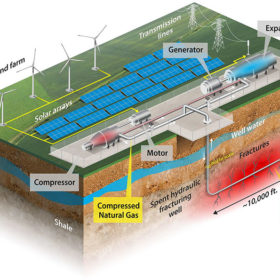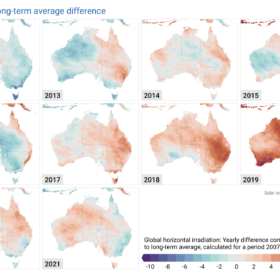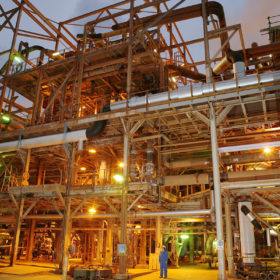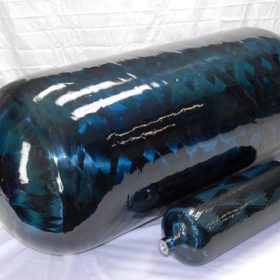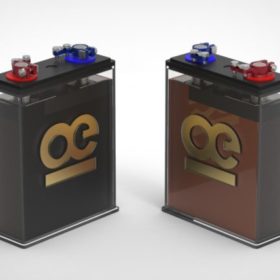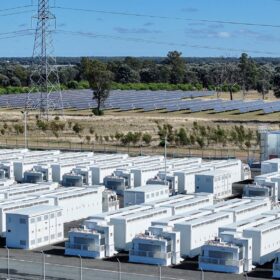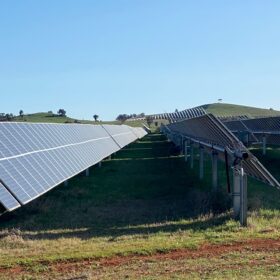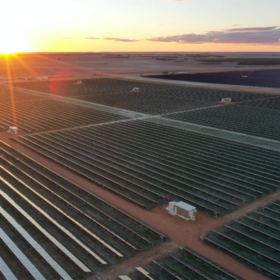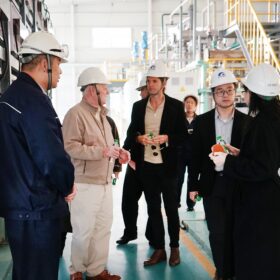Weekend read: a trojan horse for decarbonisation
Australia’s most powerful energy industry participants have actively resisted the move to a low-carbon economy. Now, the country known as a sandbox for technology has become a sandbox for a new model for decarbonisation – one which has seen billionaires and giant fund managers sidestep politics to use the free market in strategic and potentially disruptive ways. pv magazine Australia’s Bella Peacock reports.
First grid-scale ‘virtual battery’ contract signed between Neoen and AGL
French renewable developer Neoen has signed a seven year agreement with energy giant AGL to provide 70 MW / 140 MWh of ‘virtual battery capacity’ in New South Wales.
Queensland coal trips boosting solar’s sunset revenue
Increased demand and continual outages at gas and coal power plants in Queensland have seen a rise in the occurrence of extreme price spikes. The timing of these spikes, typically at peak hours between 5pm and 8pm, are seeing solar revenues soar just as the sun is setting.
Mapping Australia’s battery mineral waste ‘gold mine’
To encourage industry to consider the battery mineral opportunities currently sitting in neglected heaps around the country, Geoscience Australia and its partners are developing an Atlas of Australian Mine Waste. The public database hopes to highlight the opportunity in reprocessing mining waste for new markets.
10 GW Desert Bloom green hydrogen project attracts major Japanese partner
Water-from-air technology company Aqua Aerem’s Desert Bloom green hydrogen project received Major Project Status from the Northern Territory Government last year, now it has announced a partnership with Japanese energy giant Osaka Gas which not only brings the 10GW project closer to reality, but has also seen the company boost its ambitions to 20GW in light of “quickly developing demand.”
Storing renewables in depleted oil and gas wells
US researchers have proposed the use of hydraulically fractured oil and gas wells to store renewable energy via compressed natural gas, with the levelised cost of storage potentially coming in at US$70/MWh and US$270/MWh. They said wells could also be used to store other renewable gases such as carbon dioxide or hydrogen in the future.
Australia’s increasingly turbulent irradiance laid bare in decade of mapping
Solar data company Solargis has released 10-year solar performance maps showing Australia’s massive variations in irradiance and the impacts of extreme weather patterns and events.
Green alumina processing pilot in WA receives major backing from ARENA
Western Australia’s Pinjarra alumina refinery, run by US giant Alcoa and Alumina Ltd, has been granted $8.6 million to test electric calcination, a process which could significantly reduce refineries’ footprints. The grants awarded add up to almost half of the pilot’s costs.
Australia’s first hydrogen storage tank manufacturing facility in planning, enabled through US partnership
Sydney company CST Composites is seeking to establish Australia’s first hydrogen vessel manufacturing facility, looking to secure its position in the rapidly growing industry through a joint venture with a US-based hydrogen storage tank manufacturer.
Zinc-based battery tech for stationary applications unveiled by Indian startup
A startup incubated at the Indian Institute of Technology Kanpur has introduced ZincGel battery tech, which could offer significant savings for owners of two-wheel electric vehicles.
